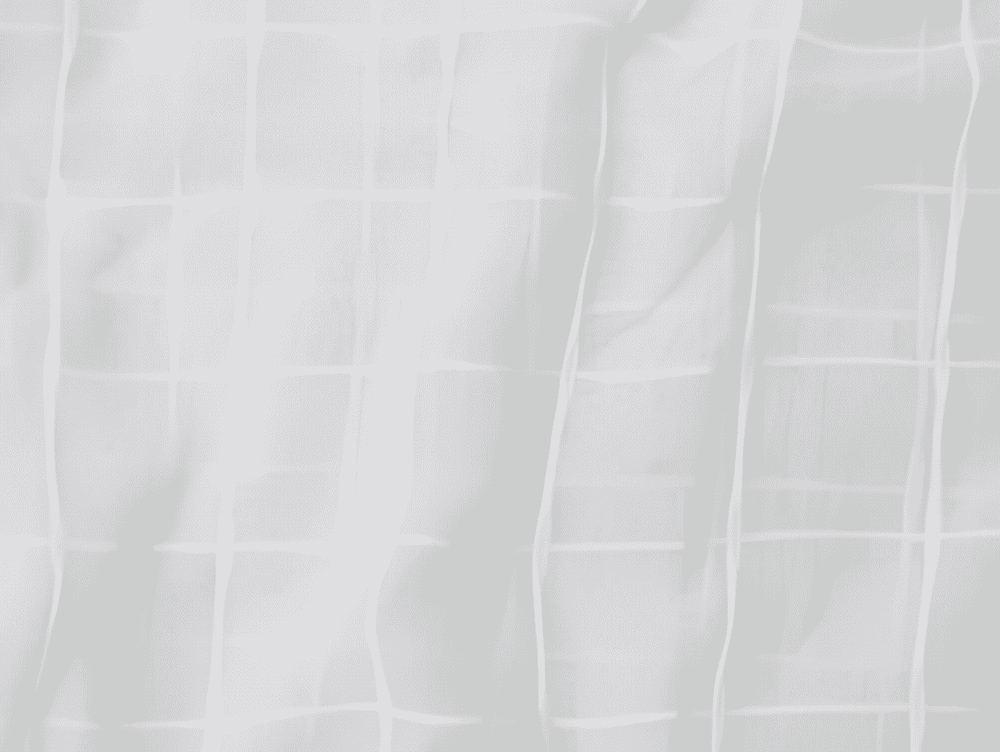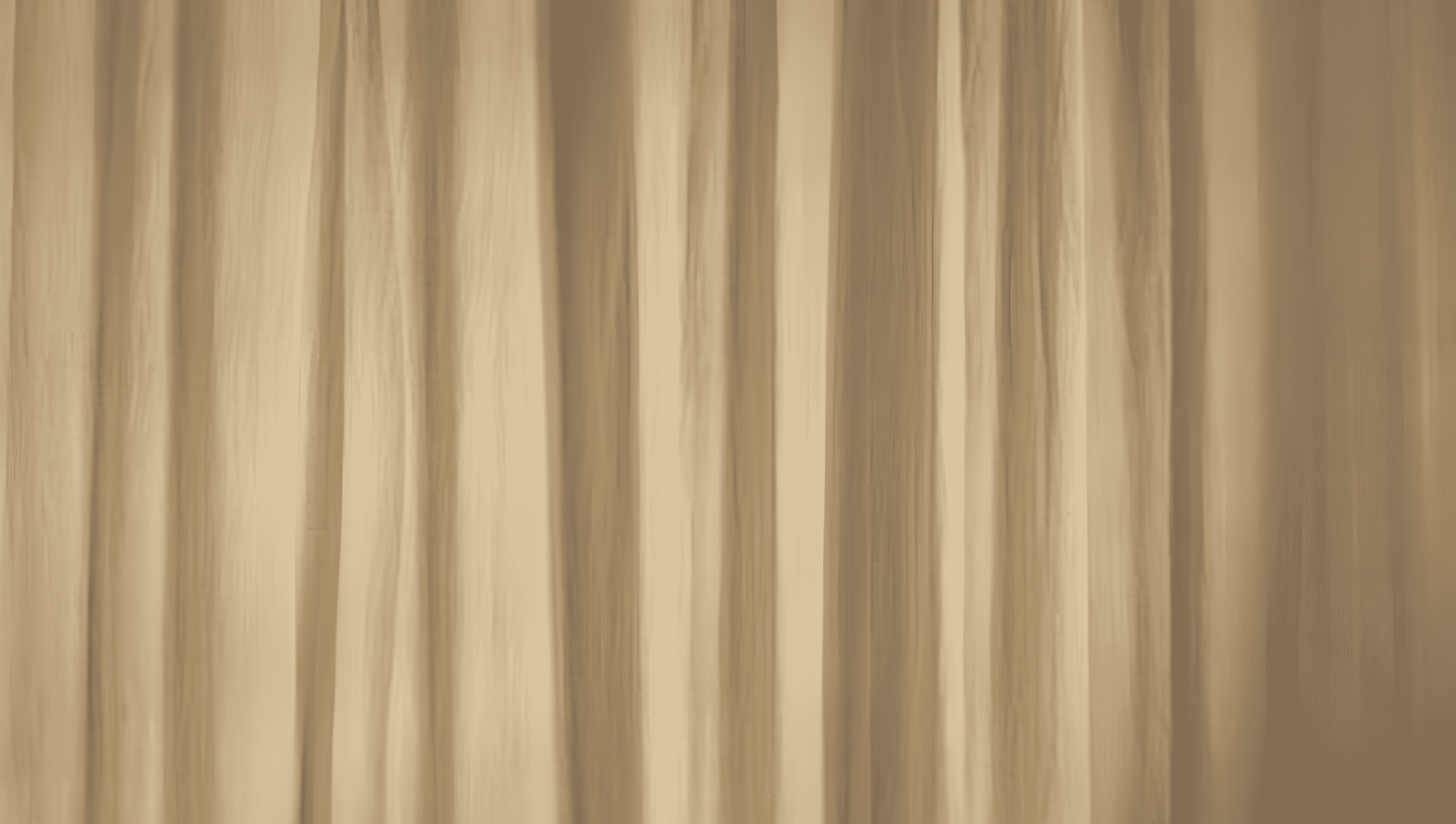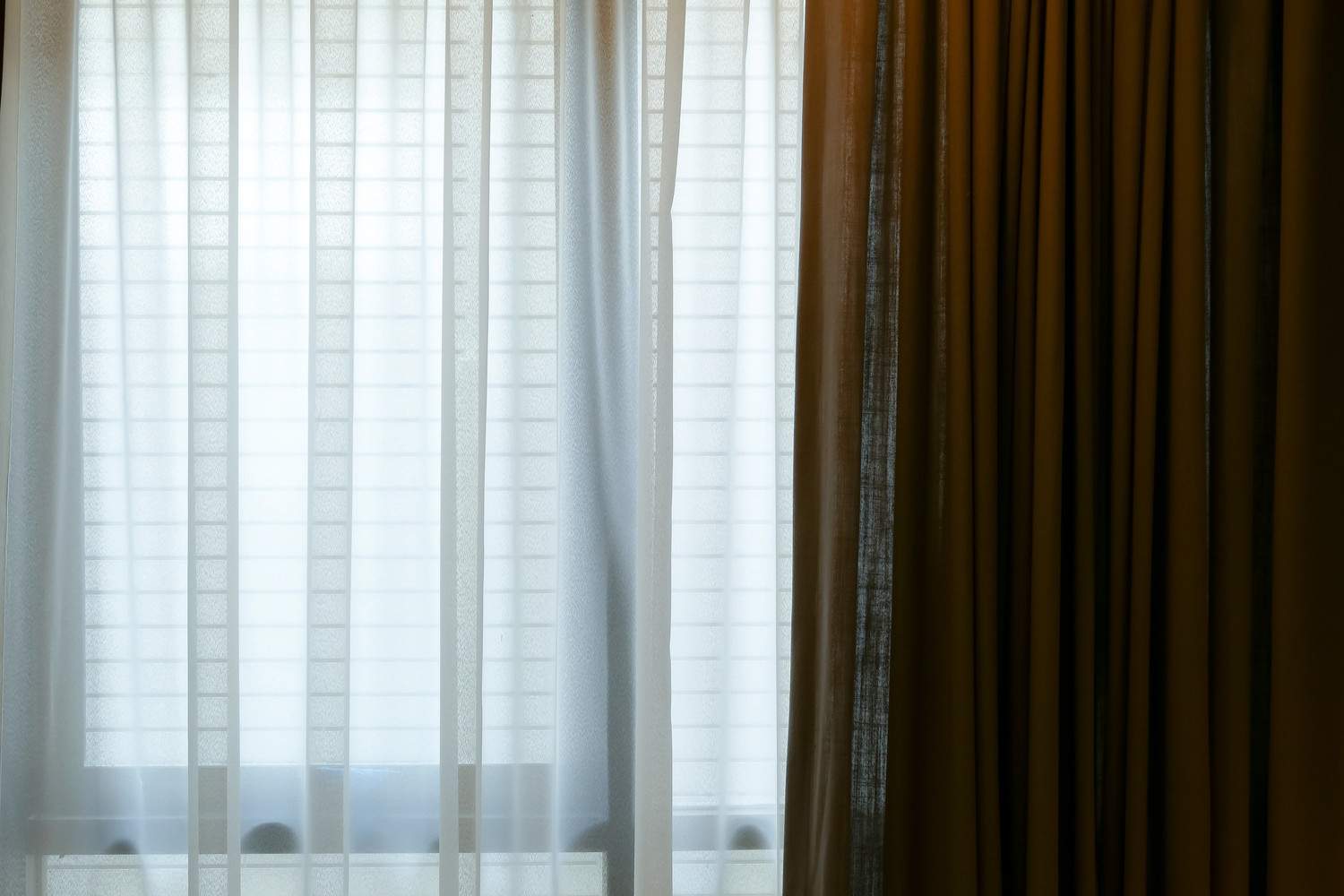Greetings and welcome to the world of curtains, where design and function come together. You can choose the airy elegance of sheers or the cozy embrace of opaque curtains for your space with the help of this guide.

Introduction:
Sheer and opaque curtains are two common types of window treatments that offer different levels of light filtration and privacy. Sheer curtains let in a lot of light, while opaque curtains block out most of the light.
Types of Curtains: Sheer and Opaque Curtains

Sheer curtains are made from light, transparent fabrics such as voile, lace, or gauze. They let a lot of light through, while still providing some privacy.

Opaque curtains are made from heavy, dense fabrics such as velvet, blackout fabric, or linen. They block out most of the light and provide a high level of privacy.
Comparison of Sheer and Opaque Curtains
The main difference between sheer and opaque curtains is their thickness and the amount of light they let through.
- Opaque Curtains:
- Blackout curtains are thick and heavy, made of cotton, polyester, or fabric blends.
- They are designed to block light and provide privacy.
- Blackout curtains are often used in bedrooms or living rooms where you want to limit the amount of sunlight that enters the room, especially during the day or when you are trying to sleep.
- They are also effective in insulating against heat and cold.
2. Sheer Curtains:
- Sheer curtains, on the other hand, are lighter and made of transparent or semi-transparent fabrics such as voile or chiffon.
- They allow a significant amount of light to pass through, creating a soft and diffused glow in the room.
- Sheer curtains are often used in spaces where you want to retain natural light while adding a level of privacy.
- They are not effective in blocking light completely and are more decorative in nature.
In summary, opaque curtains are thicker and block out more light, providing privacy and insulation, while sheer curtains are lighter and allow more light to pass through, creating an airy and open feeling in the space. happens. Choosing between the two depends on your preferences for light control, privacy, and the overall aesthetic you want to achieve in the room. Many people also use a combination of the two, with opaque curtains, to have more control over lighting and privacy throughout the day.
What are Sheer Curtains?
Sheer curtains are a type of window treatment made from lightweight, translucent fabrics such as voile, lace, or gauze. These curtains let plenty of sunlight into the room while providing plenty of privacy. They are often used in living rooms, dining rooms, and kitchens to create a bright and airy environment.
Features of Sheer Curtains:
- Light filtering: Sheer curtains allow plenty of natural light to enter the room, making them ideal for spaces where you want to maintain a light and airy environment.
- Privacy: While they let in light, sheer curtains also provide a subtle layer of privacy, obscuring the view from outside without blocking it completely.
- Aesthetics: Sheer curtains add elegance and sophistication to any room. Their delicate fabrics and flowing designs can enhance the overall decor.
- Layering: Sheer curtains can be effectively layered with blinds or shades to achieve the desired level of light control and privacy.
Popular Sheer Curtain Fabrics:

Voile: Voile is a lightweight, sheer fabric known for its soft drape and delicate texture.

Lace: Lace curtains are intricate and delicate, adding a touch of elegance and femininity to any room.

Gauze: Gauze curtains are extremely light and transparent, providing a soft, diffused light filtration.
What are Opaque Curtains?
On the other hand, opaque curtains are made from heavy, dense fabrics such as velvet, blackout fabric, or linen. These curtains effectively block out most of the light, creating a darker and darker atmosphere. They are commonly used in bedrooms, media rooms, and nurseries to promote sleep and increase privacy. Learn more about Blackout Curtains in our complete guide here.
Characteristics of Opaque Curtains:
- Light Filtering: Opaque curtains effectively block out most light, making them ideal for spaces where you want to achieve darkness or control natural light.
- Privacy: Opaque curtains provide a high level of privacy, completely obscuring the outside view.
- Atmosphere: Opaque curtains create a more intimate, relaxed atmosphere, perfect for bedrooms and media rooms.
- Thermal Insulation: Opaque curtains made from thermal-insulating fabrics can help regulate indoor temperatures, keeping your home cool in the summer and warm in the winter.
Popular Opaque Curtain Fabrics:
Velvet:
Velvet curtains exude luxury and elegance, adding a touch of drama and sophistication to any room.

Blackout Fabric:
Blackout fabric is specially designed to block out almost all light, making it ideal for bedrooms and nurseries.

Linen:
Linen curtains offer a more natural and rustic aesthetic, bringing a touch of warmth and texture to any space.

Choosing between Sheer and Opaque Curtains
Choosing between sheer and opaque curtains mainly depends on your specific needs and preferences. Consider the following factors when making your decision:
- Desired light filtration: If you want to maximize natural light, sheer curtains are the preferred choice. However, blackout curtains are a better option if you need to block out light for sleep or privacy.
- Privacy Requirements: If privacy is a major concern, opaque curtains provide the most privacy. Sheer curtains offer some privacy but don’t completely obscure the view outside.
- Room Ambience: Sheer curtains create a bright, airy, and inviting atmosphere, while opaque curtains create a more intimate, cozy atmosphere.
- Room Function: Sheer curtains are perfect for living rooms, dining rooms, and kitchens, while opaque curtains are perfect for bedrooms, media rooms, and nurseries.
Finally, both sheer and opaque curtains offer unique benefits and meet different needs. By understanding their specific characteristics and considering your specific needs, you can make an informed decision that enhances the functionality and aesthetics of your home. Learn more about curtain fabric in our complete guide here.
Pros and Cons of Sheer and Opaque Curtains
Sheer and opaque curtains serve different purposes and have distinct characteristics. Here are some pros and cons of each:
Sheer Curtains:
Pros:
- Light and airy: Sheer curtains allow natural light to filter in, creating a soft and airy atmosphere in the room. They can make a space feel brighter and more open.
- Privacy: Although sheer curtains do not provide complete privacy during the day, they still offer a level of privacy by varying the view outside. This makes them suitable for areas where privacy is not a primary concern.
- Aesthetically pleasing: Sheer curtains add a touch of elegance and sophistication to a room. They are often chosen for their decorative appeal and can complement various interior styles.
- Versatility: Sheer curtains can easily be combined with other window treatments such as blinds or heavy curtains for a layered look, allowing you to control the amount of light and privacy.
Cons:
- Limited Privacy: Sheer curtains do not provide complete privacy, especially in the evening when the interior lights are on. If privacy is a top priority, additional window coverings may be required.
- Limited Light Control: While sheer curtains let light in, they don’t provide much in the way of light control. If you want to significantly reduce the room’s light or darken, curtains may not be the best choice.
Opaque Curtains:
Pros:
1. Privacy: Opaque curtains, also known as blackout curtains, provide excellent privacy, especially in the evening when it’s dark outside. They are ideal for bedrooms and other areas where privacy is essential.
2. Light control: Blackout curtains are effective at blocking out light, making them perfect for bedrooms or spaces where you want to control the amount of natural light entering the room. This can be beneficial for better sleep or for watching movies in a home theater.
3. Energy efficiency: Blackout curtains can also have insulating properties, which help regulate the temperature in a room by blocking drafts and sunlight. This can contribute to energy efficiency and lower heating or cooling costs.
Cons:
- Limited Daylight: Blackout curtains, while great for blocking out light, can make a room feel dark during the day. If you want to maintain a bright and open environment, these curtains may not be the best choice.
- Less decorative appeal: Opaque curtains are usually chosen for their functional benefits rather than their decorative qualities. If you’re looking for a window treatment that enhances the aesthetics of a room, sheer curtains can be a great option.
In many cases, a combination of sheer and opaque curtains can be used to achieve both privacy and light control while maintaining a stylish appearance.
FAQs
What is the main difference between sheer and opaque curtains?
Opaque curtains are made of heavy, dense fabrics that block out light and provide privacy. Sheer curtains, on the other hand, are light and translucent, allowing for diffused light while maintaining a level of privacy.
Are sheer curtains suitable for bedrooms, or do I need something more opaque for privacy?
Sheer curtains can be great for the bedroom, especially if paired with opaque curtains for added privacy. This combination allows you to enjoy natural light during the day while ensuring a comfortable, private atmosphere at night.
How do I choose the right curtain material for my space?
Consider factors such as the purpose of the room, your preferred level of privacy, and the overall aesthetic you want to achieve. Materials like silk offer a luxurious look, while polyester offers practicality and ease of maintenance.
How can I create a balanced look using both opaque and sheer curtains in the same room?
Get a balanced look by layering sheer curtains under opaque curtains. It allows you to effectively control privacy and light levels while adding depth and style to your windows.
Can I use sheer curtains in a room that gets a lot of sunlight, or will they fade quickly?
Sheer curtains are designed to filter sunlight, not block it completely. Although prolonged exposure to direct sunlight can cause some fading over time, choosing high-quality materials and rotating curtains periodically can help minimize this effect.
Conclusion:
When choosing curtains for your home, it’s important to consider the balance between light filtering, privacy, and desired ambiance. Sheer curtains offer a delicate balance, allowing plenty of natural light into the room while providing a subtle layer of privacy. Their light, translucent fabrics such as voile, lace, or gauze create a light and airy atmosphere, making them ideal for living rooms, dining rooms, and kitchens. Learn more about different curtains in our complete guide here.
However, for those seeking a darker and more intimate space, opaque curtains are the preferred choice. Crafted from heavier, denser fabrics like velvet, blackout fabric, or linen, opaque curtains effectively block out most light, providing a high level of privacy and creating a cozy atmosphere perfect for bedrooms, media rooms, and nurseries.
While sheer curtains are great for maximizing natural light and creating an airy feel, they may not provide enough privacy for some people and can be difficult to clean. Additionally, they may not be suitable for rooms that require total darkness, such as bedrooms. On the other hand, opaque curtains, while offering superior privacy and blackout control, can make a room feel dark and cramped, especially in small spaces. They may not be ideal for rooms that require natural light, such as living rooms and kitchens, and may be heavier and harder to hang than sheer curtains.

